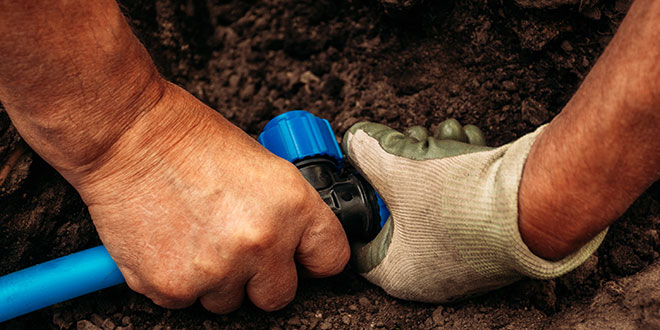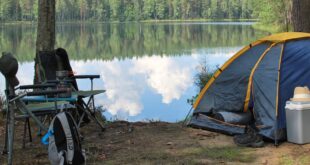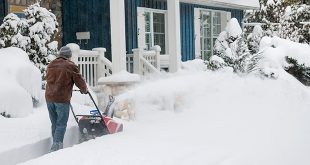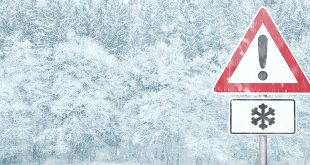Soon homeowners in the northern states will winterize their irrigation systems. While many may choose to hire a company to handle it for them, some will attempt to do it themselves with the help of their local hardware retailer. Below are tips to help them succeed.
Why Customers Should Winterize: Sometimes the first step is convincing customers that the project needs to be done in the first place. Remind customers that failing to winterize irrigation systems is the most common cause of costly repairs. Water expands when it freezes, so any water left in the system can cause damage to sprinklers, valves, fittings, pumps and pipes. It can also void warranties.
Understand the Warranty: Double check with customers that they understand the requirements of any warranty attached to their irrigation system. Some warranties require a “blow out” of the system for proper winterization. This means that manually draining the system by letting gravity do the work is not enough. A “blow out” requires attaching an air compressor (set to around 60 pounds per square inch) to the hose bib and letting it run for a few minutes in each zone. This may be beyond your customers’ DIY abilities, in which case you can refer them to a local expert who can do it for them. If they are up to the task, it’s a great opportunity to help them rent or buy the right air compressor for the job.
Drain the System: Explain to customers that before the first frost, water supplies for irrigation systems need to be turned off via the main shutoff valve and the pipes need to be partially drained (in areas that don’t experience hard freezes) or fully drained (in areas that do). The systems can be drained via manual drain valves, automatic drain valves or, as mentioned above, by doing a blow out with an air compressor. After the pipes are drained, automatic systems should be set to rain mode or turned off, and power should be severed from pumps so they don’t run during winter.
Don’t Forget to Insulate: Once the water is cleared, many components should be insulated during the cold months. Above-ground pipes can be protected with foam-insulating tape or tubes, while above-ground backflow preventers and valves can be insulated with pine straw or more foam tape. These items are conveniently available at most home improvement stores.
 Hardware Retailing The Industry's Source for Insights and Information
Hardware Retailing The Industry's Source for Insights and Information






